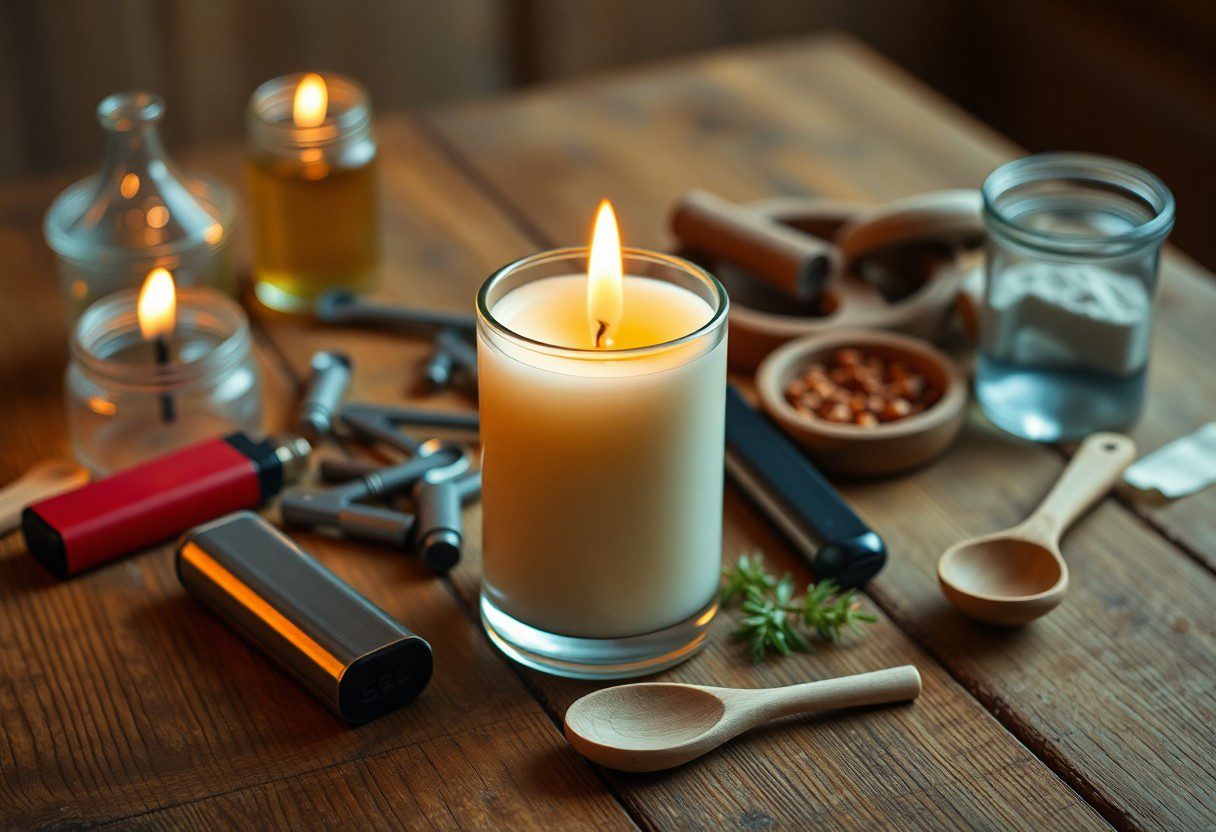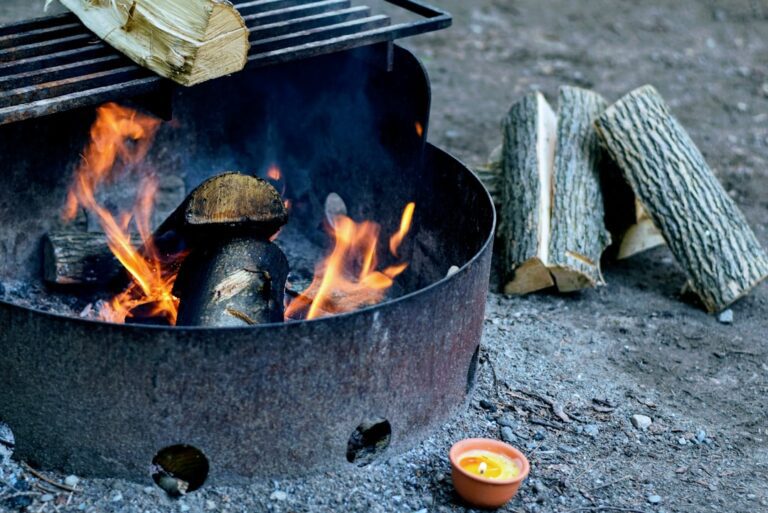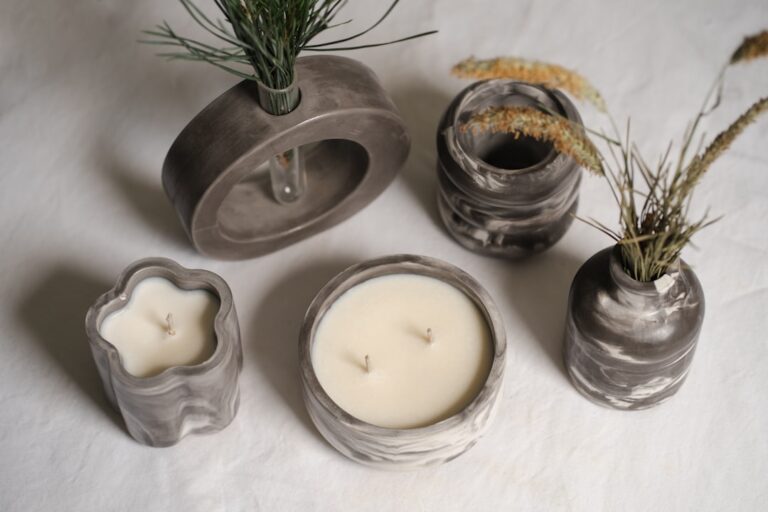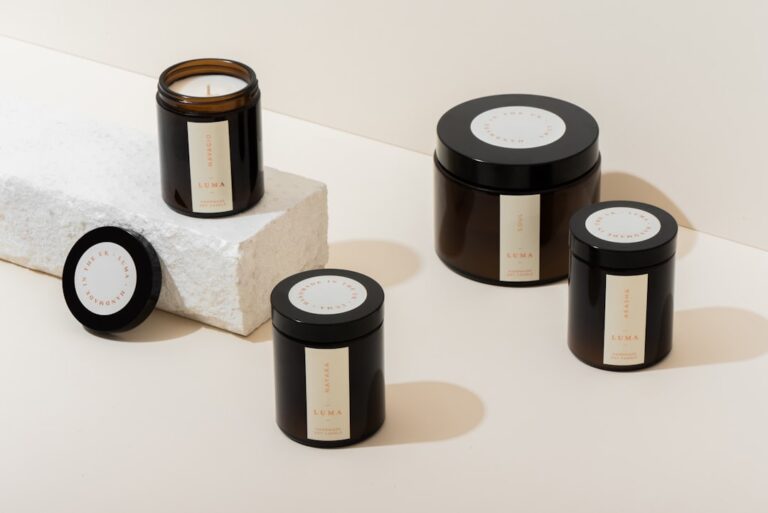Why it’s important to monitor candles as they burn and how to do it safely.
Candles have long been cherished for their ability to create ambiance, provide light, and evoke a sense of tranquility. However, the allure of flickering flames comes with significant risks, particularly when candles are left unattended. According to the National Fire Protection Association (NFPA), unattended candles are a leading cause of home fires, accounting for thousands of incidents each year.
The combination of an open flame and combustible materials can lead to devastating consequences, including property damage, injuries, and even loss of life. The dangers associated with unattended candles extend beyond mere fire hazards. The wax used in candles can become extremely hot, and if a candle is knocked over or comes into contact with flammable materials, it can ignite quickly.
Additionally, the presence of pets or children in a home increases the risk of accidents. Curious hands or paws can easily tip over a candle, leading to a fire that spreads rapidly. The statistics are alarming; the NFPA reports that nearly one-third of all candle-related fires start in bedrooms, where individuals may be asleep or otherwise unaware of the danger.
Importance of Monitoring Candles
Monitoring candles while they burn is crucial for ensuring safety in any environment. The act of vigilance not only prevents potential fires but also allows individuals to enjoy the calming effects of candlelight without the looming threat of disaster. When candles are actively supervised, it becomes easier to notice any irregularities, such as excessive smoke or an unusual flicker, which could indicate a problem with the wick or the wax itself.
Moreover, monitoring candles fosters a greater appreciation for their beauty and purpose. Observing the way a candle burns can enhance the sensory experience, allowing individuals to engage more fully with their surroundings. This mindfulness can transform a simple act of lighting a candle into a moment of reflection and relaxation.
By being present and attentive, individuals can create a safe and enjoyable atmosphere that enhances their well-being.
How to Safely Monitor Candles
To ensure safe monitoring of candles, it is essential to establish a set of best practices that can be easily integrated into daily routines. First and foremost, always place candles in a stable holder that is designed to catch drips and prevent tipping. This not only minimizes the risk of spills but also provides a secure base for the flame.
Additionally, it is advisable to keep candles away from drafts, as wind can cause flames to flicker unpredictably and increase the likelihood of accidents. Another effective strategy for safe monitoring is to designate specific areas for candle use. Avoid placing candles near flammable materials such as curtains, paper products, or furniture.
Instead, opt for non-combustible surfaces like stone or metal tables. Furthermore, consider using candle snuffers or long matches to extinguish flames safely rather than blowing them out, which can cause wax splatter and create additional hazards. By implementing these practices, individuals can significantly reduce the risks associated with candle burning.
Signs of a Safe Burning Candle
Recognizing the signs of a safe burning candle is essential for maintaining a secure environment. A well-burning candle should produce a steady flame that is neither too high nor too low; an ideal flame typically stands between one to two inches tall. If the flame flickers excessively or produces large amounts of smoke, it may indicate that the wick is too long or that the candle is placed in an area with drafts.
Another important sign to monitor is the wax pool around the wick. A safe burning candle will have an even wax pool that melts uniformly without excessive pooling or tunneling. Tunneling occurs when the wick burns down the center of the candle while leaving wax on the sides, which can lead to uneven burning and increased risk of overheating.
Additionally, if you notice any unusual odors or colors emanating from the candle, it may be time to extinguish it and investigate further.
Tips for Safe Candle Burning
Implementing practical tips for safe candle burning can significantly reduce risks while enhancing the overall experience. One fundamental guideline is to always keep candles within sight while they are lit. This means avoiding situations where you might leave a room or fall asleep with a candle still burning.
If you plan to leave the area for any length of time, extinguishing the flame is the safest option. Another important tip is to trim the wick before lighting a candle. A shorter wick (approximately 1/4 inch) helps control the size of the flame and reduces soot production.
Additionally, consider using candles made from natural materials such as soy or beeswax, which tend to burn cleaner than paraffin-based candles. These alternatives not only provide a safer burning experience but also contribute to better indoor air quality.
What to do in Case of Emergency
In the unfortunate event that a candle-related emergency occurs, knowing how to respond quickly and effectively can make all the difference. If you notice flames spreading beyond the candle holder or if smoke begins to fill the room, your first priority should be safety. Evacuate everyone from the premises immediately and call emergency services if necessary.
Do not attempt to extinguish large flames yourself; instead, focus on getting yourself and others to safety. If you encounter a small fire that you believe you can manage safely, use a fire extinguisher if available and appropriate for the type of fire (Class B extinguishers are suitable for flammable liquids). Alternatively, you can smother small flames by covering them with a non-flammable object like a metal lid or baking sheet.
Never use water on a grease fire or an electrical fire; doing so can exacerbate the situation and lead to further danger.
Importance of Proper Candle Placement
Proper placement of candles is critical in preventing accidents and ensuring safe use. Candles should always be positioned on stable surfaces that are free from clutter and flammable materials. This includes keeping them away from items such as books, decorative fabrics, and other combustibles that could easily catch fire if exposed to an open flame.
Additionally, consider the height at which candles are placed. Avoid placing them on high shelves or ledges where they could be knocked over or where their flames could come into contact with overhead materials like curtains or light fixtures. It’s also wise to keep candles out of reach of children and pets who may inadvertently cause accidents through curiosity or playfulness.
By being mindful of placement, individuals can significantly mitigate risks associated with candle use.
Safe Candle Burning Practices
The enjoyment derived from burning candles can be profound when accompanied by responsible practices that prioritize safety. By understanding the dangers associated with unattended candles and implementing effective monitoring strategies, individuals can create an environment that fosters both relaxation and security. Recognizing signs of safe burning candles and adhering to practical tips further enhances this experience while minimizing risks.
In case of emergencies, knowing how to respond appropriately can save lives and property from devastating losses. Ultimately, proper candle placement plays an essential role in ensuring safety during use. By embracing these principles and practices, individuals can enjoy the warm glow of candles while maintaining peace of mind regarding their safety in any setting.
When it comes to candle safety, it’s crucial to monitor candles as they burn to prevent accidents. One helpful article on Ecofriendly Candle Making: Create Stunning DIY Candles provides tips on how to make candles that burn cleanly and safely. By following these guidelines, you can enjoy the ambiance of burning candles without worrying about potential hazards. Remember to always keep an eye on your candles and follow proper safety precautions to ensure a peaceful and worry-free experience.
FAQs
Why is it important to monitor candles as they burn?
It is important to monitor candles as they burn to prevent potential fire hazards. As the candle burns down, the flame can get closer to the container or surrounding objects, increasing the risk of a fire. Additionally, monitoring the candle allows you to ensure that it is burning evenly and safely.
How can you monitor candles as they burn safely?
To monitor candles as they burn safely, it is important to keep them away from flammable materials, such as curtains or paper. Place the candle on a stable, heat-resistant surface and keep it out of reach of children and pets. It is also recommended to use a candle holder that can catch any dripping wax and to never leave a burning candle unattended.
What are some signs that a candle should be extinguished?
Some signs that a candle should be extinguished include when the flame becomes too high, flickers excessively, or produces smoke. Additionally, if the wick starts to drift off-center or the container becomes too hot to touch, it is best to extinguish the candle. It is important to follow the manufacturer’s guidelines for safe burning practices.













